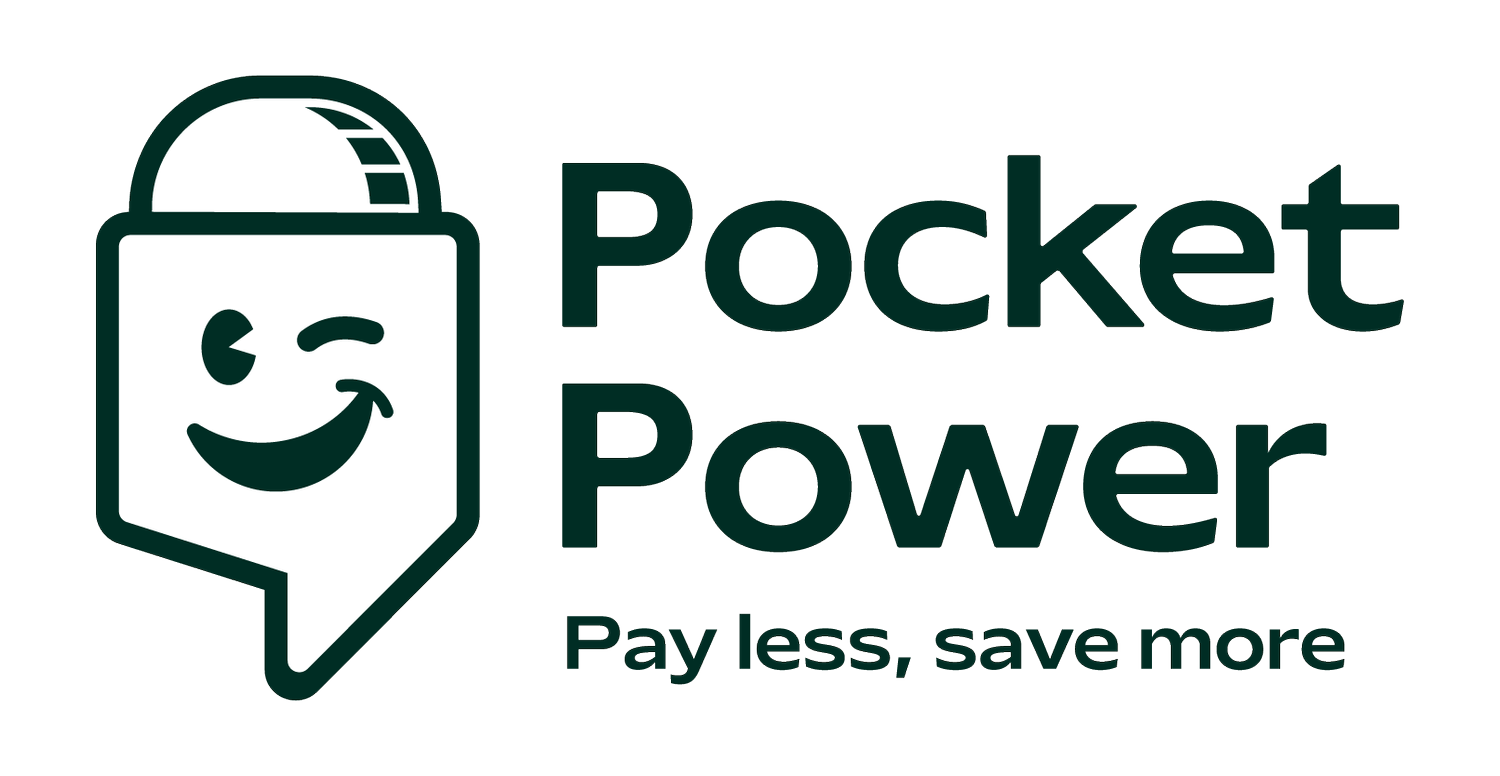What is the ‘poverty premium’
In today's world, poverty is a growing and tragic situation affecting millions of people worldwide. Unfortunately, being poor not only means limited access to resources and opportunities but also incurs additional costs that further perpetuate the cycle of poverty. This phenomenon is known as the "poverty premium." In this blog, we will explore what the poverty premium is, how it impacts individuals and families, and potential strategies to address this systemic problem.
Understanding the Poverty Premium
The poverty premium refers to the extra financial burden that low-income households face due to their economic circumstances. It arises from various factors, including limited access to affordable goods and services and higher borrowing costs. These factors often contribute to a vicious cycle, making it increasingly challenging for individuals and families to escape poverty.
Factors Contributing to the Poverty Premium
Limited Access to Affordable Goods: Individuals living in poverty often lack access to affordable goods and services. As a result, they are forced to rely on local shops that charge higher prices and/or offer poor quality products.
Higher Utility Costs: Poverty-stricken households often live in housing which lacks proper insulation or energy-efficient systems. Consequently, they face higher energy bills, as they struggle to keep their homes adequately heated or cooled. This burden adds to their financial strain.
Expensive Credit and Financial Services: Low-income individuals often lack access to mainstream financial services and can be forced to resort to high-interest loans or payday lenders when faced with emergencies or unexpected expenses. These alternative financial options result in significantly higher interest rates, pushing them further into debt.
Insurance Disadvantages: Insurance policies, such as car, home or health insurance, are often more expensive for individuals with lower incomes. This disparity can create significant challenges when it comes to protecting their assets or accessing essential healthcare services.
Impacts of the Poverty Premium
Financial Instability: The additional costs associated with the poverty premium strain already limited financial resources, making it harder for low-income households to build savings, invest in education, or improve their overall well-being.
Health Disparities: Limited access to affordable nutritious food and the cost associated with health problems can lead to poorer health outcomes for individuals living in poverty, exacerbating existing health disparities.
Educational Barriers: Limited access to affordable educational resources, such as books, school supplies, and technology, can hinder academic achievement and limit opportunities for children from low-income households.
Social Exclusion: The poverty premium can further marginalise individuals and families, making it difficult to escape poverty and actively participate in society.
Addressing the Poverty Premium
Financial Education and Inclusion: Providing financial literacy programs and access to affordable financial services can empower individuals to make informed decisions, manage their finances more effectively, and break free from the poverty premium cycle.
Affordable Goods and Services: Governments, businesses, and nonprofits can collaborate to ensure that affordable, quality goods and services are accessible to all, regardless of income level or geographical location.
Policy Reforms: Governments can implement policies that address the root causes of the poverty premium, such as improving energy efficiency in low-income housing, regulating alternative financial services, and promoting fair insurance practices.
Community Support and Collaboration: Local communities can play a vital role by establishing initiatives that support low-income individuals and families, including food banks, affordable housing programs, and educational resources.
